US-Sport
NBA: How the Rockets and Harden of Utah were cracked
The Utah Jazz fought back after a blowout defeat and surprised the Houston Rockets with some good adjustments. Head Coach Quin Snyder turned the right screws both offensively and defensively.
Garbage time can also be used sensibly. Utah had no chance in game 1, the game was decided prematurely, and yet the Jazz could still draw some information from the final phase.
Utah had a hard time attacking in the first game, the Rockets’ defense seemed invincible. The attack of the Jazz is mostly based on a lot of penetration after Pick’n’Rolls and following Kickouts, whereby in the consequence the Spalding patiently looks for the free man.
However, this could not be done against the Rockets defense system. No team in the NBA switcht as much as Houston. The Rockets can afford this, as the lineup usually consists of at least four strong defenders, even James Harden can usually resist despite mismatch in the post.
That was impressive on Sunday. Houston switchte everything and Utah got no foot in the zone, the attack faltered, especially Donovan Mitchell bit his teeth out. But if you hadn’t turned off the Rockets’ 20-point lead in the fourth quarter, you could see how the Jazz were now trying something. It should be the key to victory in game 2.
Coach Quin Synder didn’t let the classic Pick’n’Rolls run, but the center only indicated the pick. This was mostly Rudy Gobert or Derrick Favors, who surprisingly gave the Small-Ball-Five for a long time.
Mostly it was Mitchell who was leading the ball, while Rockets-Center Clint Capela aggressively caught up with him after the faked pick. But since Gobert did not place a block, but cut between the Rockets defenders to the basket, the Frenchman suddenly had free rein. The Jazz recorded six dunks in the first half, all by half field sets in variations of this play.
This also worked because the Rockets’ wing players initially offered little help. It wasn’t until the second half of the match that the ball was spinning faster, Trevor Ariza in particular provided faster help and Utah lost the ball at the beginning of the third quarter, which gave the Rockets the momentum they needed in the meantime. But that the jazz still generated enough offense had to do with Joe Ingles’ hot hand (27 points, 7/9 trio), but also with the pace in the fourth quarter.
Race against a D’Antoni team? Sounds like a crazy idea at first, because the offensive guru was known at all his stations as a coach for driving pace and space to the top – especially of course with the legendary 7-seconds-or-less-suns around double MVP Steve Nash.
Also in his first season in Houston MDA let play fast, the Rockets came on a pace of 102 ball possessions per game (place 3). In this season, however, this value fell to below 100 (14th place), because Chris Paul and Harden usually prefer a more methodical, slower offense.
The same applies to jazz, which has been playing half-field basketball under Synder for years. The opposite was the case in game 2. After almost every rebound or loss of the Rockets’ ball, the Jazz tried to keep up the pace. The Rockets only lost seven balls, but this resulted in 10 Fastbreak points according to the official NBA statistics sheet. Many more scores were created with the second wave.
Not only Mitchell was responsible for this, but also the dust-free Alec Burks or Dante Exum made the transition defence of the Rockets look very bad a few times. In view of a possible matchup against the Golden State Warriors, this should be of some concern to the Rockets. However, it speaks for jazz coach Snyder that his rotation in the playoffs will not diminish. “Our reservists have the full confidence of our staff and all the other guys on our team.”
Mitchell also praised the performance of Burks, who played a big part in the second quarter. “He just makes buckets all year long,” praised Mitchell. “He delivers a little bit of everything, he locks and is always in attack mode.”
Page 1: Jazz vs. Rockets: Adjustments in the Offense
Page 2: Jazz vs. Rockets: Adjustments in the defense


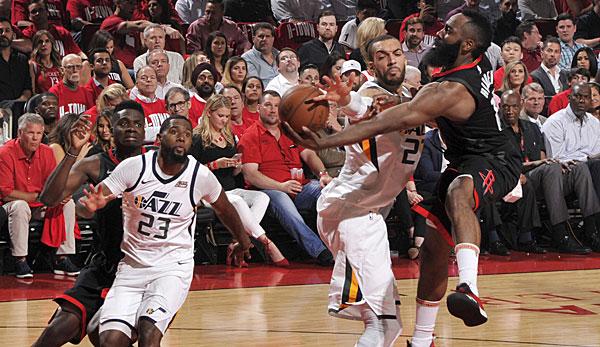




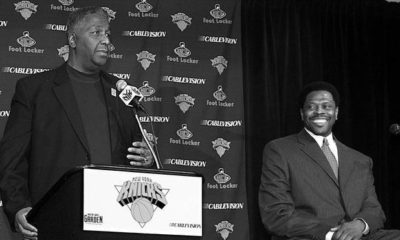
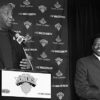
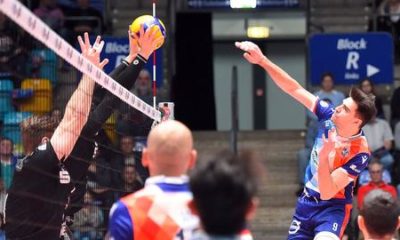
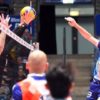







You must be logged in to post a comment Login